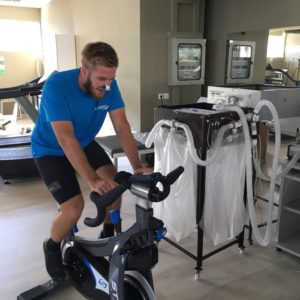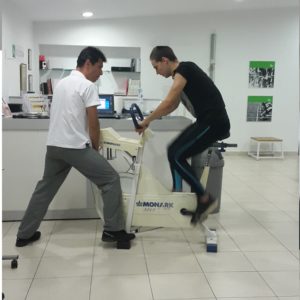Basic elements
Power is formally defined as the amount of work completed (without the presence of oxygen) over a specified time period or, alternatively, as the product of force and velocity. As such, power is dictated by the ability to produce extremely high levels of force very quickly Power assessments are labeled ‘’anaerobic’’ due to their use the energy systems that support short-term, high inetensity activities. Such energy systems are the immediate energy system (ATP – PCr) and the short-term system (lactic acid). This explains why assessments used to determine power are very short in nature, generally completed in just a few seconds.
Testing Procedures
- Wingate Test
- Cunningham and Faulkner Test
- Running Based Anaerobic Sprint Test (RAST)
- 500m max intensity row test
- Blood Lactate testing –
- Sprint (speed test)
- Agility Test
- Coordination Tests
- FIFA Hugh intensity Fitness Test
Assessment Results
Within the framework of such testing specificity, resulting parameters arise are:
- Maximal Power (Pmax)
- Mean (average power and percentage of decline (Pmean – %Pmax & %Decline
- Maximal lactate concentration
- Μaximal speed (m/sec or km/h)
- Acceleration (m/sec)
- Maximal pedaling frequency (reps/min)
These important parameters are close related with high competitive performance in sports that require maximal-effort physical activities. Field based measurements of power usually quantify these physical fitness attributes by determining the displacement of the athlete’s body, or the time needed to displace the body over a specified distance. Such parameters with the guidance of the exercise physiologist could provide feedback and adjustments on the working training program for any athlete to achieve his individual goals.
Suggested Sports
All the sports (group, individual, martial arts) and other groups of physical, mental, and spiritual practices.
Duration
15 – 25 min
We provide the assessment tests in:
a) Lab
b) Fields or courts according to teams and coaches needs
Photo Gallery




